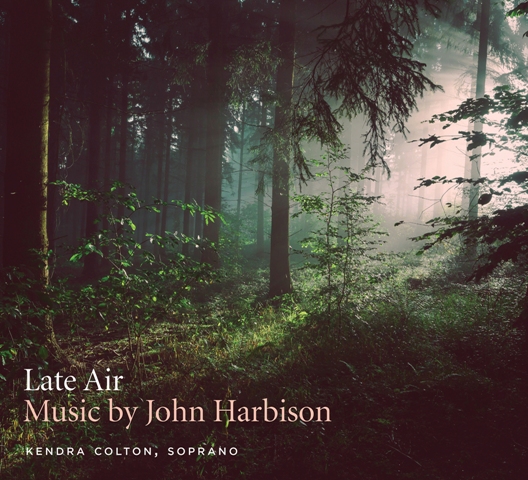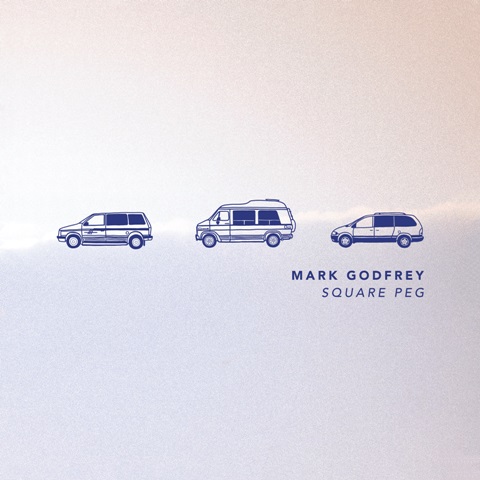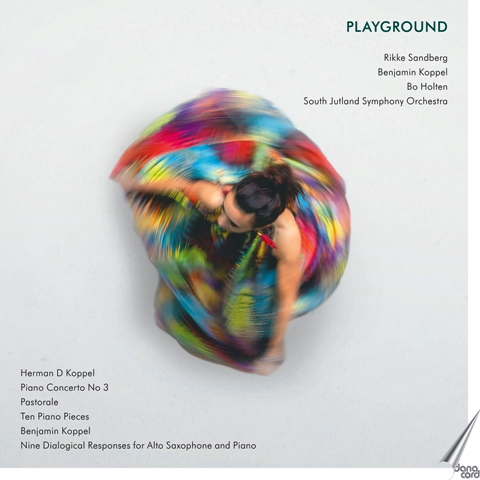
EXTANT BLUES / FROELICH: Polarized. BANSAL: Wings. WOLFGANG: Jazz and Cocktails. STEINBERG: Paleface: Piano Trio (with kazoos). BEAL: Almost Morning* / Trio Accento; *Michael Chang, vla / Albany TROY 1792
California-based Trio Accento consists of violinist Limor Toren Immerman, cellist Garik Terzian and pianist Nora Chiang Wrobel. The CD booklet contains biographical information on each of them individually, but there is no information on how long they have been working as a unit. They do, however, tend to specialize in contemporary music, and this is the focus of this CD.
We start off with Polarized by Kenneth Froelich. This is a piece in the modern “edgy” style, which kicks off with a flurry of notes by the two strings before settling into the obligatory ostinato rhythm of such music. The piano plays a repeated 7-note motif which underlies the high-flying playing of the strings, sometimes soft but always with edgy interjections. The music grabs your attention but sounds like a hundred other such compositions out there nowadays, though Trio Accento plays with vigor and commitment. There is the usual “reflective” passage in the middle where things quiet down for a bit, but without much of a theme to work with there isn’t much to say about the work other than its edginess.
Next up is Juhi Bansal’s Wings. This, too, has a certain amount of the edgy style, but since it depicts birds flying it is generally quieter and has a certain amount of lyricism about it that I liked. Bansal also seems to be more concerned with thematic development than Froelich, which I appreciated. It is also a three-movement piece, each of them giving a different take on the subject. I found the second movement less structurally coherent than the first, however, and more concerned with effect. These must have been some pretty noisy birds! The third movement seems to allude to an entire flock, since the strings play together here, though the music seems more akin to minimalism, though after a while we do get some thematic development.
Then we reach Gernot Wolfgang’s Jazz and Cocktails, and almost immediately one is aware of a first-rate musical mind at work. Although only alluding to jazz, we hear a tightly-woven composition in which the three instruments actually interact in a way that makes musical sense and is not so hung up on sound effects. The two strings play opposing lines above the syncopated but not quite jazz-like lines of the piano. At times, the cello plays pizzicato, and there is always something going on here that catches the ear and makes you pay attention. This is really a marvelous piece, and Trio Accento plays it very well, but I had to wonder about the title since the music has a slightly sinister sound throughout that doesn’t relate, in my mind, at least, to a “jazz and cocktails” sort of mood. (Perhaps a bit more like “jazz and hangovers”!) I particularly liked the passage with the rising chromatics which comes to a climax, then falls away as the two strings play together in harmony. By the mid-point, we are about as far away from jazz as one can imagine as the music descend to fairly sinister rumbles in the lower range of the piano before the energetic (but no less sinister-sounding) strings return. Eventually the music disintegrates into a series of quiet-yet-edgy phrases and outbursts by the soloists, either alone or together. Then, at about 9:51, the cello begins playing fast pizzicato passages, which the piano joins in atonal sprinkles. The tempo keeps coming to a standstill, then starts up again, until finally the whole trio jumps in to stop this nonsense and drive the music forward. A sudden outburst of bitonal notes hurtles it towards the conclusion. A strange piece!
Russell Steinberg, a composer whose works Trio Accento has played in live concerto, contributes Paleface: Piano Trio (with kazoos), surely one of the strangest pieces on the album. The galloping of horses is simulated in the opening before the music hurtles into its theme-and-development sections; a bit of hoedown fiddle is heard, then Western barroom piano. The violin plays, very high and on the edge of the strings, a bit of Home on the Range, then, lower down in its range, Calling in the Sheep. I really enjoyed this piece tremendously, as it had not only energy but imagination and, yes, a sense of humor, all of which appealed to me. There’s not a dull moment in this opening movement; you feel completely engaged in the composer’s quick wit from start to finish. There’s even a passage where it almost sounds as if the violinist’s strings are snapping, calling for the player to make quick upward glissandi to simulate that effect.
In the second movement we finally hear the kazoos, and even knowing they were coming they made me laugh. This movement features a fast, almost choppy ostinato beat propelled by the piano, but more importantly is Steinberg’s ever-quick wit and his ability to blend in elements of jazz (very well executed by the trio, by the way) and, despite all the odd effects (and kazoos), a good sense of development. No matter what Steinberg throws into this trio, no matter how incongruous the sounds produced, everything seems to fit like pieces in a jigsaw puzzle, and always there is that strong sense of humor.
Surprisingly, the third movement starts off with somber, slow chords on the piano, but the strings play weird tremolos that bob in and out of the music; then the pianist plays the inside strings of her instrument. This movement, for some reason, sounds much more serious and, unlike the other two, has more of a stop-and-go movement, yet one can tell that it’s by the same composer. Eventually, the violin plays a rather sad and plaintive “Western” sort of theme, joined later by the cello. The liner notes explain that the “Western” heroes of the first movement and the “pulp fiction” heroes of the second are, here, “struggling in the night to cohere and make sense of a world they no longer can possibly describe. They ultimately all go to church and fade away to a ghost gospel choir.” A weird piece!
We conclude with Jeff Beal’s Almost Morning, a dance piece choreographed by Claudia Schreier for the Alvin Ailey dance theater in 2015, Beal, who started out as a jazz trumpeter, has moved into writing film and concert music. Almost Morning has the rhythmic element of minimalism, but the music really changes and develops and does not remain static. In this work, violist Michael Chang joins the trio to form a piano quartet. The rhythm is dance-like and even contains some elements of jazz without being “jazzy” in any really specific way. Lovely little melodies played by the violin come and go. At one point, the piano plays a quirky repeated rhythm in the right hand which pushes the three strings into a sort of slight protest, but all come together to continue the music, which has a very nice development section. All in all, a wonderful piece.
A mixed bag, as is often the case nowadays. The Wolfgang piece was interesting, the Steinberg and Beal pieces were excellent, and the other two were striking but, to my ears, not musically effective.
—© 2020 Lynn René Bayley
Follow me on Twitter (@Artmusiclounge) or Facebook (as Monique Musique)









